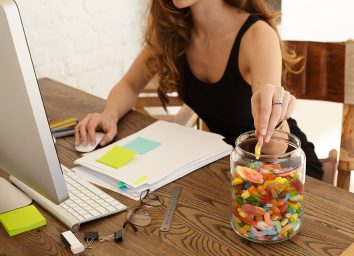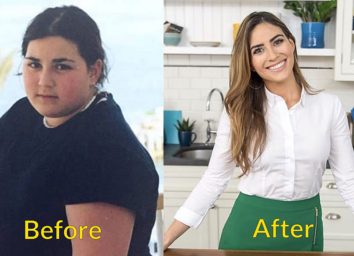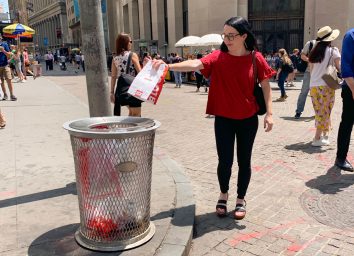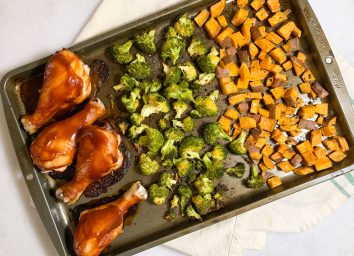This Nutritionist Lost 100 Pounds By Taking These 7 Simple Steps
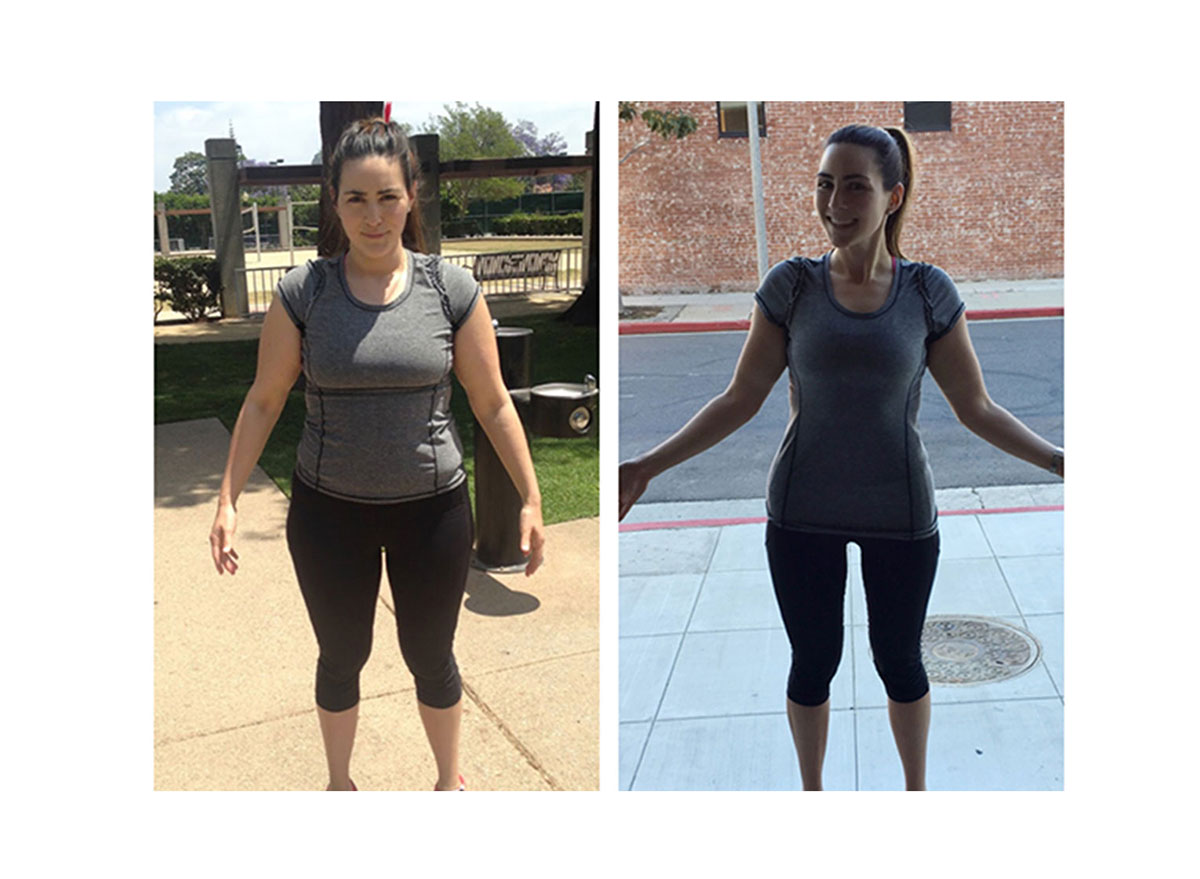
Losing weight is a challenge. Ilana Muhlstein, MS, RD, a member of the ETNT medical board, knows how difficult and yet, ultimately rewarding the weight loss journey can be—she lost 100 pounds herself! And she lost the weight, the right way. Below is an excerpt from her book, You Can Drop It!
I wrote You Can Drop It! to help you learn my personal and proven system to drop weight and keep it off—without sacrifice—and it's so simple that you'll love it. This is no joke or infomercial. It really works. This unique approach has become famous thanks to my renowned 2B Mindset program. It has already helped thousands of people lose weight—some more than 100 pounds—while never asking them to go hungry or cut out the foods that they love.
So how exactly can you drop 100 pounds? Here are 7 easy weight loss tips you can start with, right now. And while you're at it, stock up on The 7 Healthiest Foods to Eat Right Now.
Make veggies your first bite.
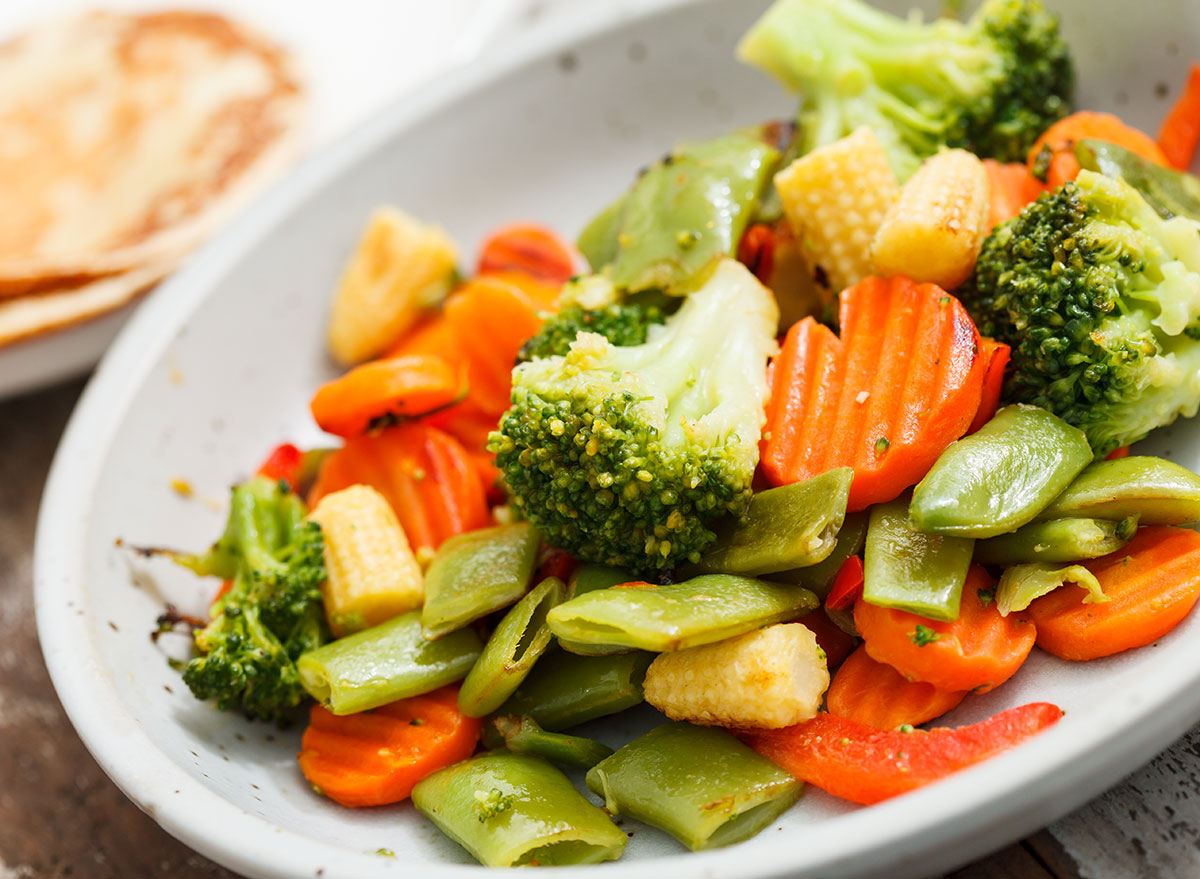
The only way to successfully stay slim long term is to learn to love vegetables. They're easy to make and they improve your gut health. Veggies make you feel full and satisfied (and keep you healthy), so eat lots and lots of them throughout the day. And you can accessorize them with delicious toppings.
Learn to load up on protein.
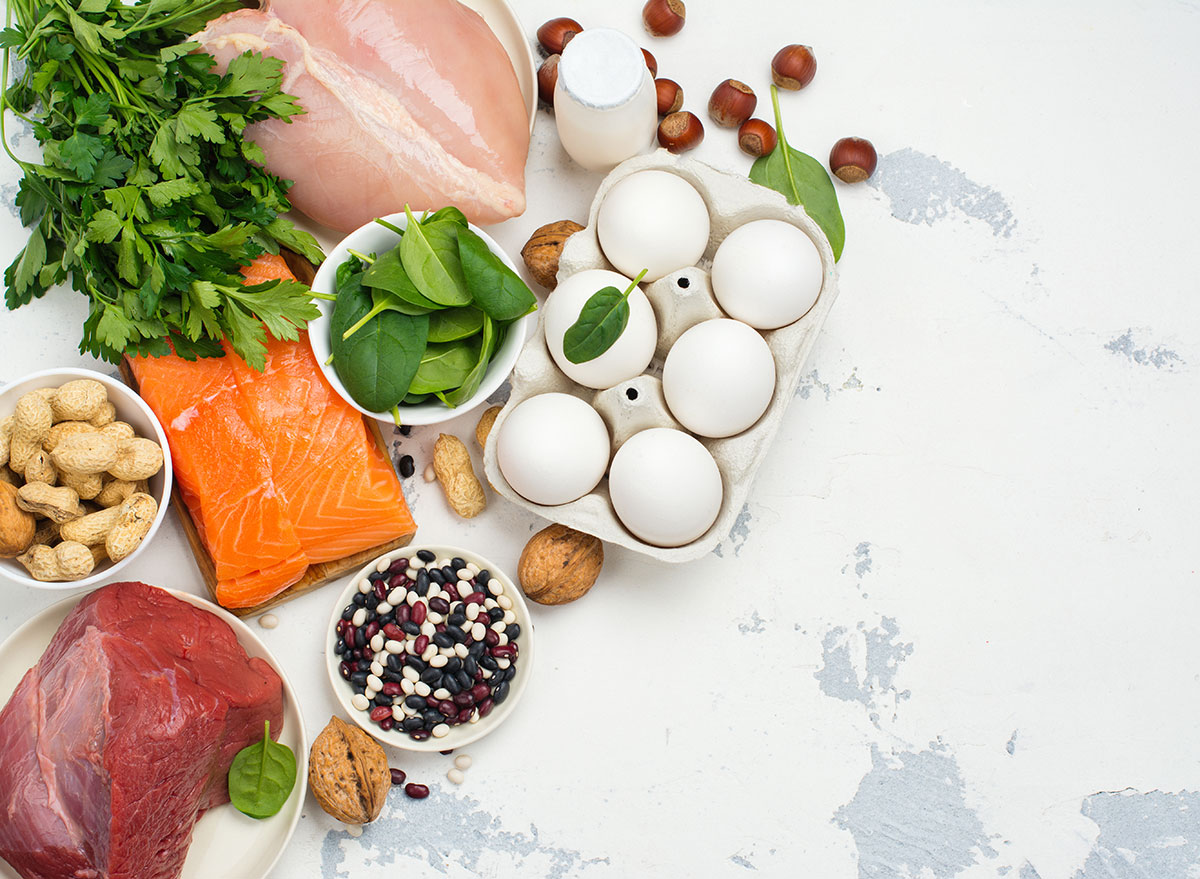
Proteins keep you full and satisfied and can help you lean down while also helping you build muscle.
Don't be afraid of carbs.
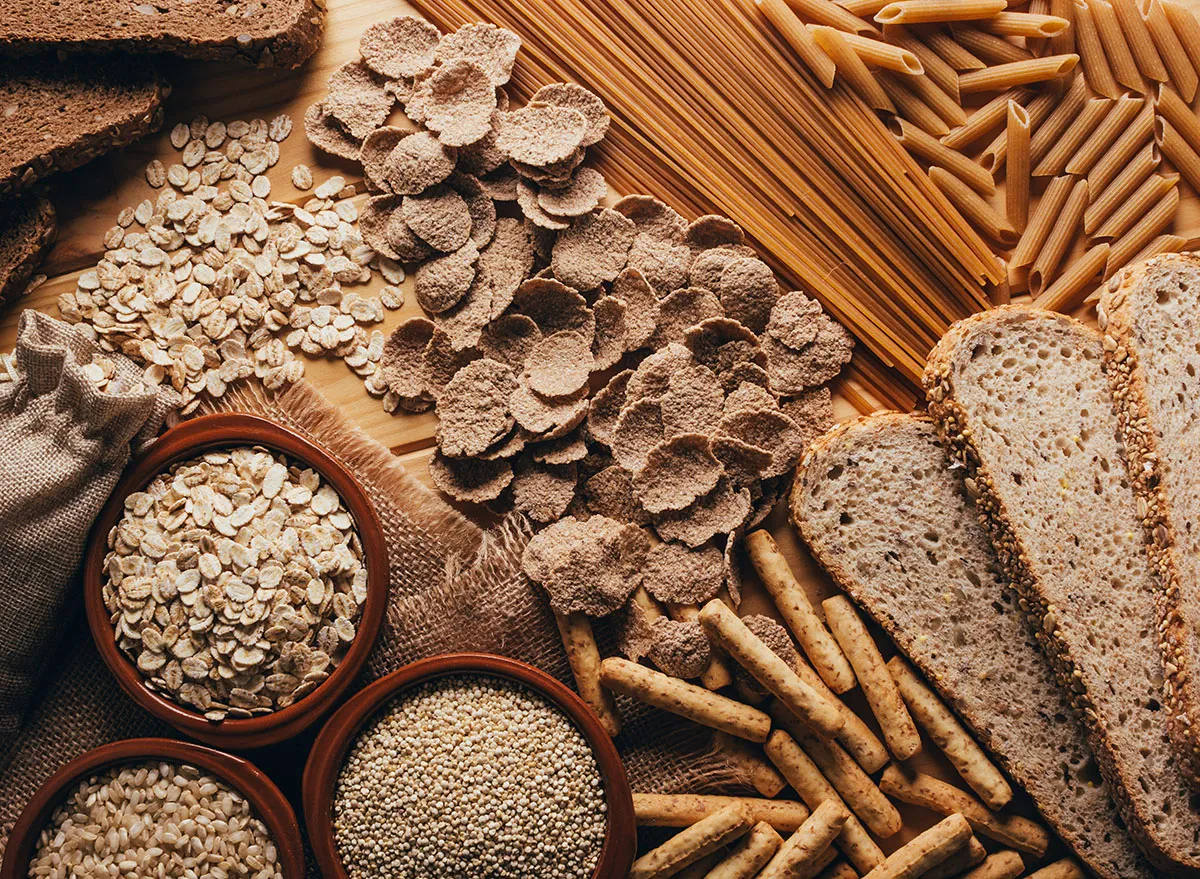
Yes, you can eat carbs! FFCs—"fiber-filled carbs"—take longer than other carbs to break down, providing long-lasting energy. So what's considered FFCs? Whole-grain breads, tortillas, waffles, frozen fruit, and whole fruit. Silly carbs (white breads and pastas, crackers, baked goods, candy and chocolates, deep-fried foods, frozen treats, alcohol) cause your blood sugar to rise naturally, leading to a crash. Enjoy these responsibly.
Drink plenty of water.
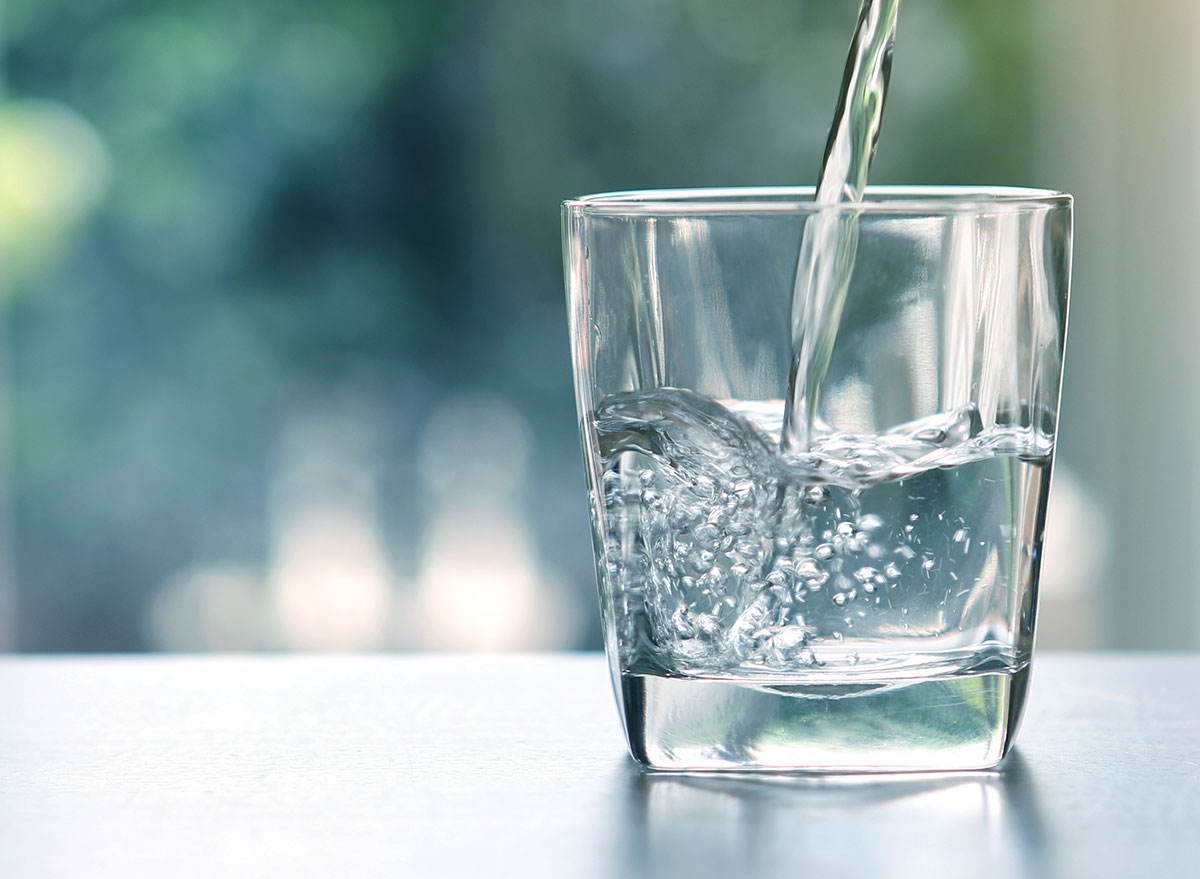
Water keeps you full so that you can make better food choices throughout the day. You should drink half your weight in ounces at a minimum each day and try to drink 16 fluid ounces before each meal (even before your morning cup of Joe!). You'll soon see that the more water you drink, the more weight you may lose.
Accessories: use them, eat them, love them!
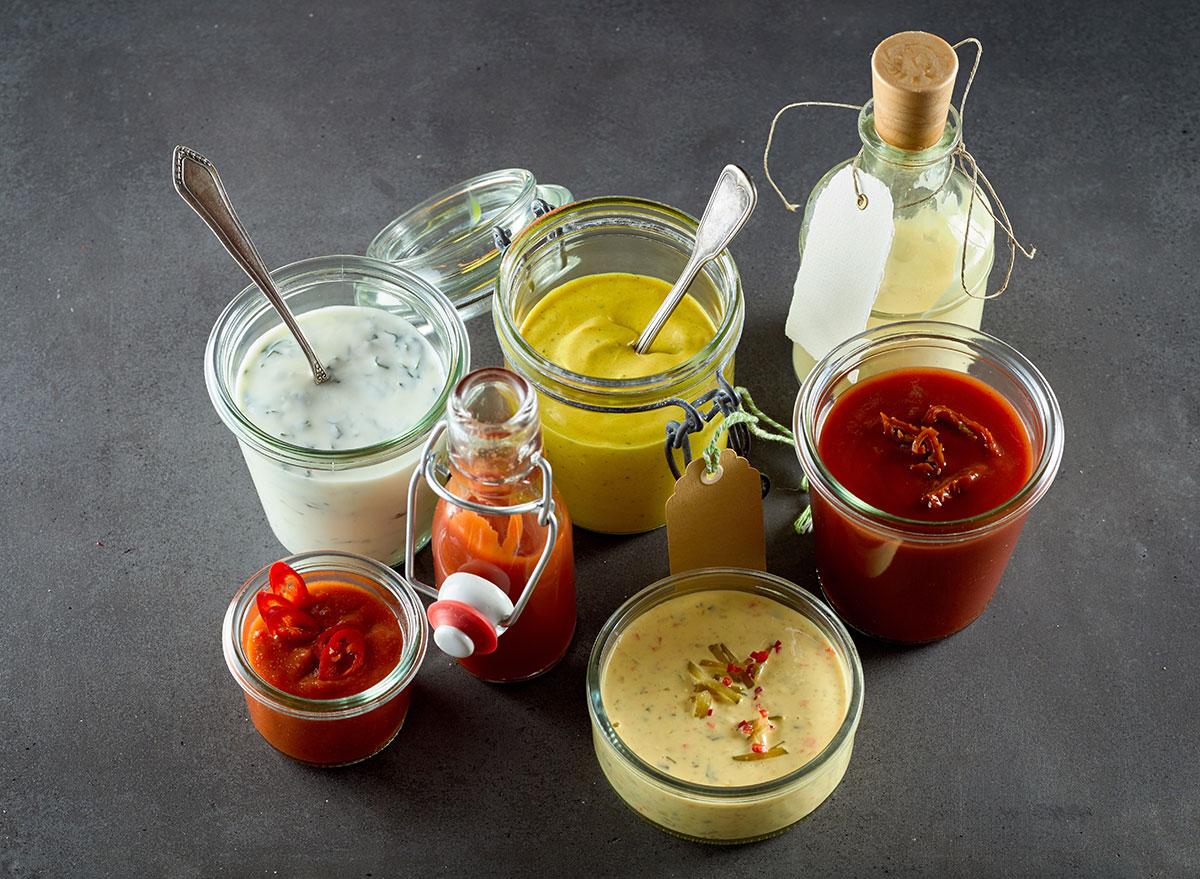
Their supporting role is clear: Accessories may not be the main feature, but they sure do make things a whole lot more fun. When it comes to nutrition, my "accessories" do that same thing. They have a supporting job—and that is to make your meals and your food pop with flavor, to turn something that could be bland into something that's, well, just awesome. Go ahead and add certain fats, sugars, spices, condiments and boosts to favor your meals. Some examples of accessories are guacamole, bacon, natural nut butters, salad dressings, and sauces such as Alfredo, barbecue, and marinara.
Get tracking.
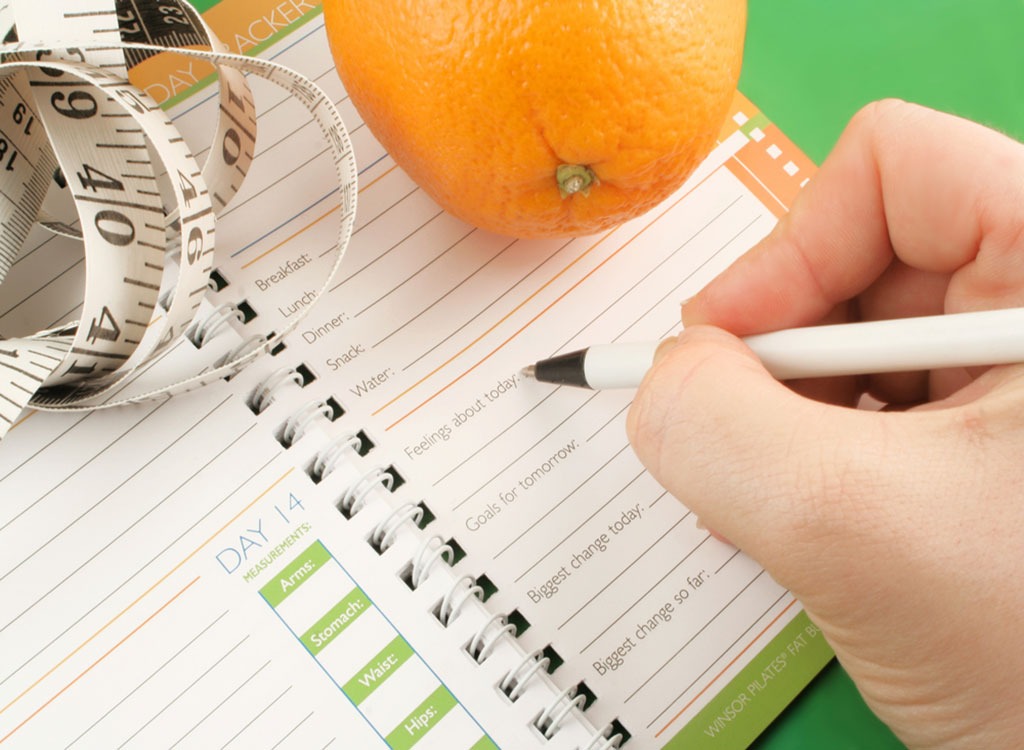
Tracking is incredibly important. Your tracker will show you what's working for you and what's not. Every day, you'll want to write down what you eat and drink. The more details you put in, the more insights you will get out. And, the scale is your friend, too! I know you may hate it or have been told to avoid it, but you'll soon see that it helps you learn what helps your body lose weight and what doesn't. Get on the scale every morning, without clothes, after using the bathroom, before you eat or drink anything. When the scale goes down, you'll discover what a "weight-loss day" looks like.
Stop the self sabotage.

Excuses are not your friend so why do we self-sabotage? I think people self-sabotage when they are frustrated: they feel like they're eating well and they're not losing weight. Frustration brings on self-sabotage. So does believing you're not worth it—but you are worth it. You're always worth it. The key to stopping self-sabotage is understanding the push and pull between discipline and surrender. It's important to fight it so you can defeat negative self-talk and old habits.
